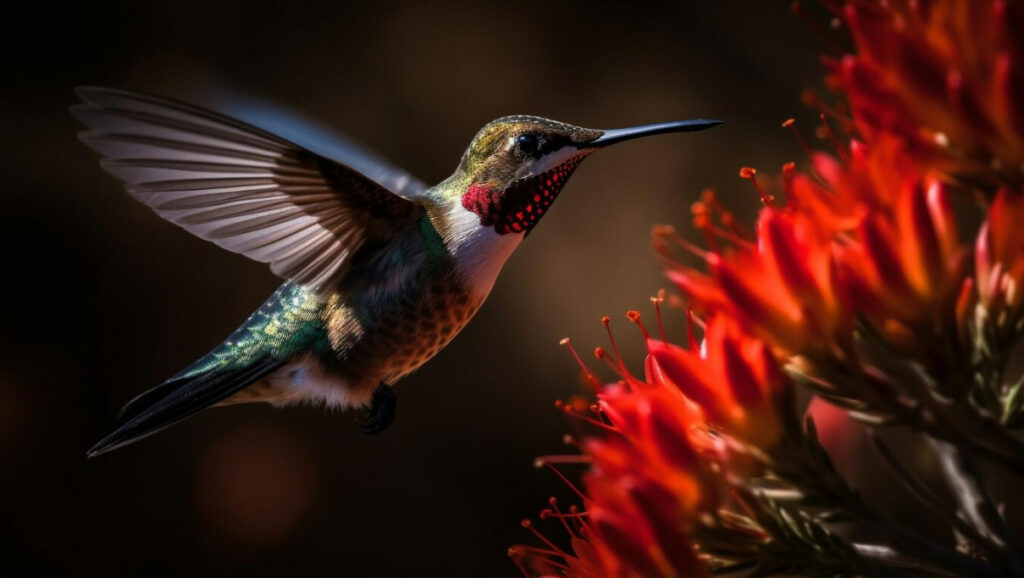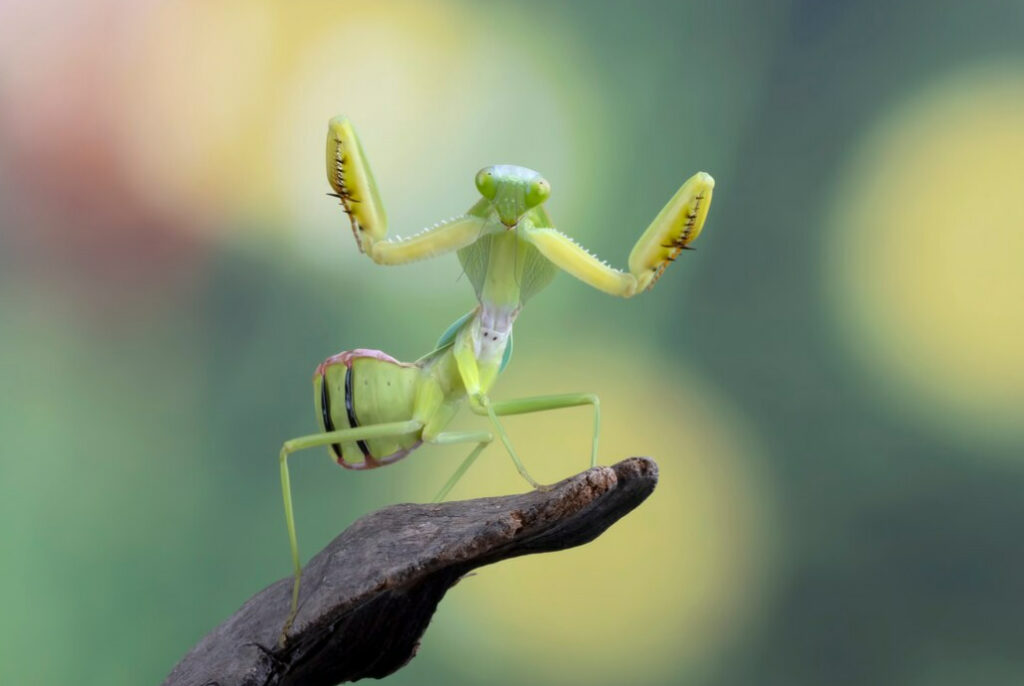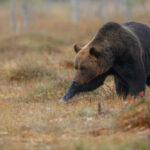The world of insects is rife with predatory behaviors that are as fascinating as they are ruthless, but a new level of predation has been documented that may surprise even seasoned entomologists and ornithologists. In an eye-opening study recently published in the Wilson Journal of Ornithology, researchers have uncovered a rather macabre dietary choice in the insect world: praying mantises are feasting on small birds, with a seemingly particular taste for hummingbirds. This startling discovery reveals a remarkable predatory capacity in a creature often admired for its serene and contemplative stance.
Praying Mantises: Stealthy Predators of the Bird World
In a comprehensive research article released by the Wilson Journal of Ornithology, scientists have uncovered striking evidence that praying mantises, typically around nine centimeters in length, are engaging in the predatory behavior of capturing and consuming small birds, particularly focusing on their brains. This meticulous study was spearheaded by a team from the University of Basel, which meticulously cataloged instances of such predation dating back nearly a century.
The investigation spanned across thirteen countries, including Canada, showcasing a wide geographical reach of this behavior, which seems to have occurred on every continent with the exception of the icy expanses of Antarctica. The researchers embarked on an extensive review of data, pulling from a variety of resources including online reports detailing bird predation, archives from Thomson-Reuters, and an assortment of peer-reviewed academic papers.
Their efforts revealed a total of 147 documented instances of praying mantises engaging in attempts to prey upon avian species. These encounters encompassed 12 different mantis species laying siege upon 24 distinct bird species, among which hummingbirds, with seven species, were most frequently targeted.

These recent findings offer a darker view of the praying mantis, an insect infamous for its cannibalistic mating ritual where the female often consumes the male post-mating. However, the alarming frequency of such bird predation incidents is not fully understood, with researchers hesitant to claim an increase in the behavior. Nonetheless, they propose that human activities might be inadvertently contributing to these events.
Human cultivation of gardens, rich with nectar that attracts hummingbirds, paired with the introduction of mantises for natural pest control, seems to have forged an artificial environment where these encounters are more likely. Martin Nyffeler, a co-author of the study and a distinguished professor of zoology at the University of Basel, highlighted in communication with CBC News the role humans play in facilitating these unlikely interactions. This unnatural convergence initiated by human intervention raises questions about the impact on both the local ecosystem and the broader biological implications.
The Predatory Preferences of Praying Mantises
The diet of praying mantises has been subjected to closer scientific scrutiny, revealing details that may seem unsettling. Recent research has cast light on the specific nature of how these predators consume their avian prey, with a majority of cases exhibiting a rather morbid method of feeding.
Researchers have observed that approximately two-thirds of the bird victims fell prey to attacks targeting their heads, necks, or throats. According to Martin Nyffeler, a lead researcher in the study, there have been numerous observations where the mantis inflicted a hole in the bird’s skull to extract brain tissue. In some of the more extreme cases, birds were subjected to scalping or even decapitation, while others endured a meticulous process of de-feathering by the mantis.
The extent to which the bird is consumed by the mantis can vary. Sometimes the entire bird is eaten, and other times only parts are ingested, which seems to depend on the level of hunger experienced by the mantis.
In Canada, such instances of avian predation by praying mantises have been rare, with a singular documented case reported in the Hamilton, Ontario region.
Under typical conditions, the praying mantis’s diet is composed primarily of insects like butterflies, bees, flies, and arachnids. However, there have been occasional reports of these insects feeding on small vertebrates, such as frogs, lizards, and even snakes. The reasons behind some praying mantises turning to small birds as a food source remain a subject of inquiry and speculation within the research community.
The Praying Mantis’s Ambush Tactics
Praying mantises are masters of disguise and ambush, often waiting motionless amidst foliage until an unsuspecting victim comes within range. These insects are adept at remaining undetected, thanks to their coloration which blends seamlessly with their vegetative surroundings. When the time is ripe, they strike with astonishing speed, snatching their prey with their specialized front legs while maintaining a secure grip on their perch with the remaining legs. Their approach to consuming prey is ruthless and efficient, starting while the prey is still alive, as mantises do not utilize venom to subdue their targets.

Notably, praying mantises have been observed capturing hummingbirds, particularly around the feeders in residential gardens. Such incidents confirm that mantises are active hunters, rather than mere scavengers upon dead or dying animals. They possess an instinctive behavior to hunt and consume live prey, a fact that has been reinforced by observations of mantises attacking birds and, on occasion, being found with live birds clutched in their grasp.
Intervention by humans upon witnessing such a predation event involves carefully detaching the bird from the mantis’s grip and relocating the mantis to an area where birds are less prevalent to prevent future occurrences.
The extensive study led by Martin Nyffeler and his colleagues, including mantis ecologist Mike Maxwell, has brought to light the surprisingly widespread nature of this behavior. It is taxonomically and geographically expansive, marking a significant and intriguing discovery in the understanding of praying mantises and their predatory habits. Nyffeler expresses profound intrigue and admiration for the breadth of the study’s findings, highlighting the complexity and adaptability of these formidable insect predators.
Conclusion
The University of Basel’s study revealing praying mantises’ consumption of birds highlights the complex interplay between species, particularly in habitats altered by humans. It serves as a stark reminder of how human interventions can have unforeseen effects on natural behaviors, demonstrating that even well-intentioned actions can disrupt ecological balances in dramatic ways.

